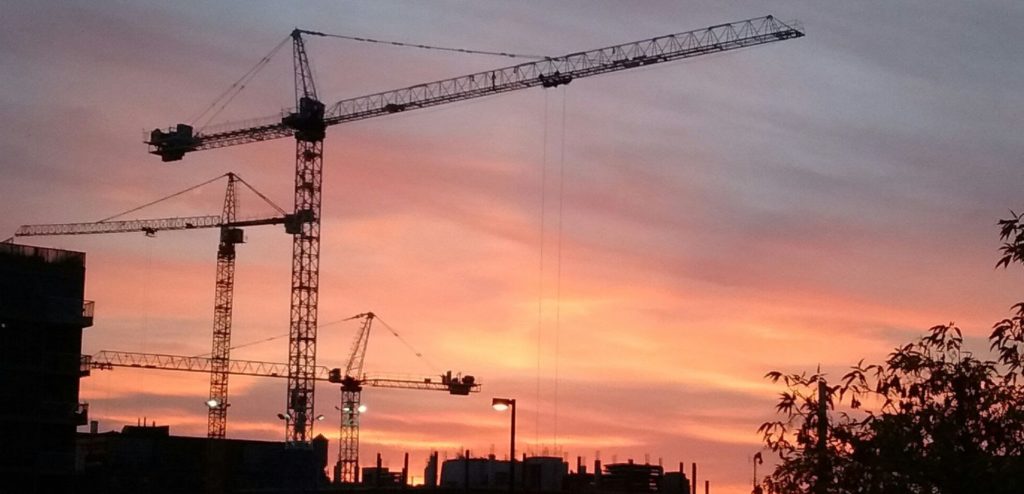 My thoughts are born out of three perspectives. First, I have lived through 5 recessions, 9/11, and now, the COVID-19 pandemic. Second, 40 years as a design professional including 8 as a CEO helping to implement large scale building and infrastructure programs. Finally, as the Board Chair of the Institute for Sustainable Infrastructure (ISI – a community of nearly 9,000 architects, engineers, and other sustainability professionals).
My thoughts are born out of three perspectives. First, I have lived through 5 recessions, 9/11, and now, the COVID-19 pandemic. Second, 40 years as a design professional including 8 as a CEO helping to implement large scale building and infrastructure programs. Finally, as the Board Chair of the Institute for Sustainable Infrastructure (ISI – a community of nearly 9,000 architects, engineers, and other sustainability professionals).
One thing we can all be confident of is that there will be an end to this pandemic. While everyone expects a big rebound when this happens there will be much short-term disruption, medium-term economic damage, and likely long-term structural changes. Steps are already being taken to divert production and resources in the short-term and to mitigate longer-term harm.
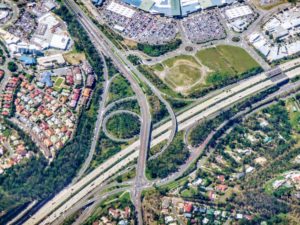 Infrastructure investments take longer than switching a manufacturing facility from auto parts to medical equipment. But investments in infrastructure have provided surefire results in the past and will continue to produce benefits for the long-term. We have a backlog of projects, an acknowledged need, and now stimulus money pouring into the economy. While speed is of the essence for the initial crisis response, wisdom is required for the longer-term decisions.
Infrastructure investments take longer than switching a manufacturing facility from auto parts to medical equipment. But investments in infrastructure have provided surefire results in the past and will continue to produce benefits for the long-term. We have a backlog of projects, an acknowledged need, and now stimulus money pouring into the economy. While speed is of the essence for the initial crisis response, wisdom is required for the longer-term decisions.
Unfortunately we have several examples of government-funded building and infrastructure that have not always served the public good.
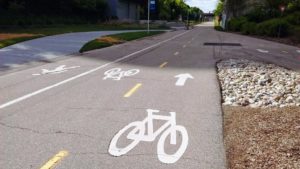 How can we be sure we get the results that our nation, society and our planet need? Let’s not forget the lessons of other stimulus packages. We know what we want – 21st century results should speed commerce, ease congestion, reduce emissions, enhance energy efficiency, improve worker productivity and community health. We need to be sure that investments deliver plenty of measurable public benefits in exchange for public investment. I believe the long-term change in a post-pandemic world will be a focus on quality of life. All infrastructure and building projects need to account for the social, environmental and economic results they deliver.
How can we be sure we get the results that our nation, society and our planet need? Let’s not forget the lessons of other stimulus packages. We know what we want – 21st century results should speed commerce, ease congestion, reduce emissions, enhance energy efficiency, improve worker productivity and community health. We need to be sure that investments deliver plenty of measurable public benefits in exchange for public investment. I believe the long-term change in a post-pandemic world will be a focus on quality of life. All infrastructure and building projects need to account for the social, environmental and economic results they deliver.
That brings me to my CALL TO ARMS. I am referring to the use of the professional skills and analytical tools as economic recovery weapons. These weapons are available to planning and design professionals to guide the creation of stimulus funded projects and ensure they deliver quality of life and public good.
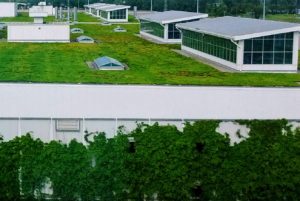
- Architects, engineers, and other sustainability professionals have the opportunity, and a professional obligation, to help improve upon the results of the past, poorly performing, stimulus programs.
- Architects, engineers, and sustainability professionals can provide objective, transparent, and fully documented information that reveals the VALUE of GOOD resulting from the decisions made for building and infrastructure projects. NOW is the time for the design community to step forward, prepare, and set expectations as to how public funding will be used to produce high performance projects that deliver social, environmental and economic returns on investment.
- Architects, engineers, and other sustainability professionals can tell us which projects should be prioritized. They can tell us when projects should be built and how to avoid the bridges-to-nowhere of past stimulus rounds.
- Architects, engineers, and other sustainability professionals can tell us who benefits, and by how much. They can tell us how to avoid the inequities of the past. They can give us transparency so we can see how project owners, occupants/users, financiers and host communities benefit as a result of public assistance.
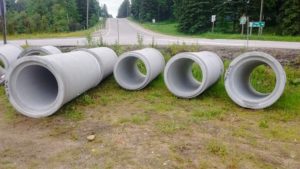 Nearly 400 of those professionals will gather in a Virtual Workshop on March 23rd and 24th produced by the Zofnass Harvard Program for Sustainability, the Institute for Sustainable Infrastructure, and my company, Impact Infrastructure. During that workshop, attendees will receive the training needed to guide the expected stimulus funded projects to results that address pressing problems today and facing future generations.
Nearly 400 of those professionals will gather in a Virtual Workshop on March 23rd and 24th produced by the Zofnass Harvard Program for Sustainability, the Institute for Sustainable Infrastructure, and my company, Impact Infrastructure. During that workshop, attendees will receive the training needed to guide the expected stimulus funded projects to results that address pressing problems today and facing future generations.
In the meantime, eyes will be on our elected leaders watching for signs of another debacle. This time, members of the architecture, engineering, and sustainability community can help guide policy-makers to decisions for the public good. This time we need to ensure that we get a positive social, environmental, and economic return on investment for the stimulus money spent. It’s time to run the numbers to ensure these projects enhance our quality of life.
 The author is John F. Williams, CEO at Impact Infrastructure, Inc. (makers of Autocase software), Board Chair at the Institute for Sustainable Infrastructure, and an Advisor to the Invest SDG at NYU Stern School of Business
The author is John F. Williams, CEO at Impact Infrastructure, Inc. (makers of Autocase software), Board Chair at the Institute for Sustainable Infrastructure, and an Advisor to the Invest SDG at NYU Stern School of Business
0 Comments